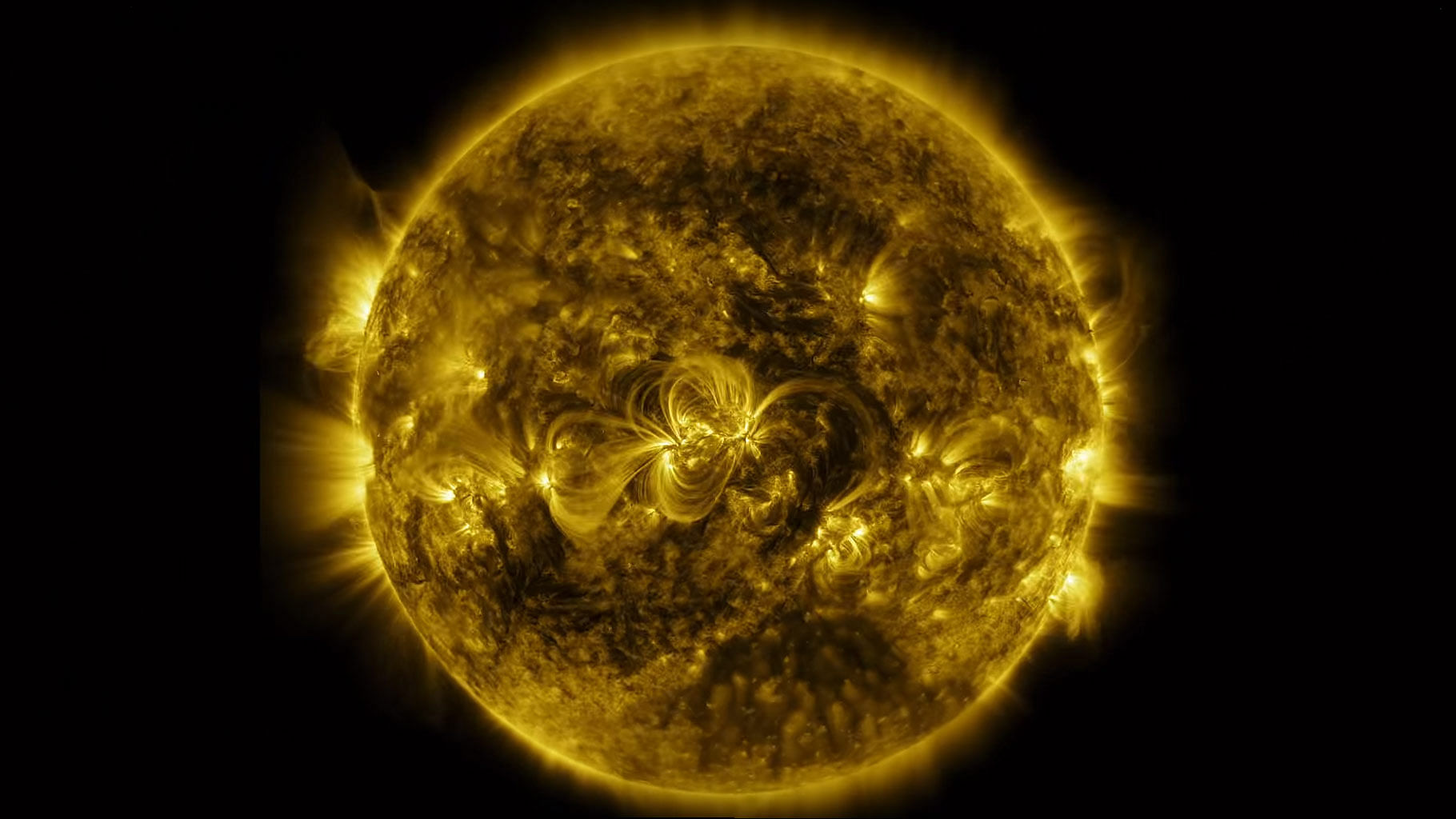Last-Minute Technical Problem Delays NASA’s Flight to Sun
The car-sized Parker Solar Probe was scheduled to blast off on a Delta IV Heavy rocket from Cape Canaveral.

A last-minute technical problem on Saturday, 11 August, delayed NASA's unprecedented flight to the sun.
The early morning launch countdown was halted with just one-minute, 55 seconds remaining, keeping the Delta IV rocket on its pad with the Parker Solar Probe.
Once on its way, the Parker probe will venture closer to our star than any other spacecraft. The $1.5 billion mission is already a week late because of rocket issues. Saturday's launch attempt encountered a series of snags; in the end, controllers ran out of time.
Thousands of spectators gathered in the middle of the night to witness the launch, including the University of Chicago astrophysicist for whom the spacecraft is named. Eugene Parker predicted the existence of solar wind 60 years ago. He's 91 now and eager to see the solar probe soar. He plans to stick around at least another few days.
(At The Quint, we are answerable only to our audience. Play an active role in shaping our journalism by becoming a member. Because the truth is worth it.)